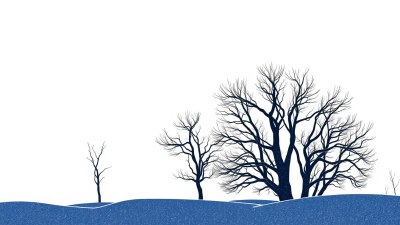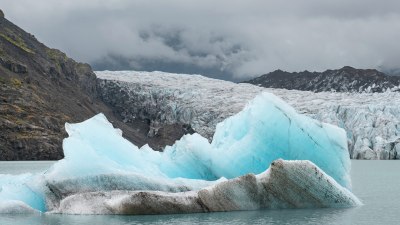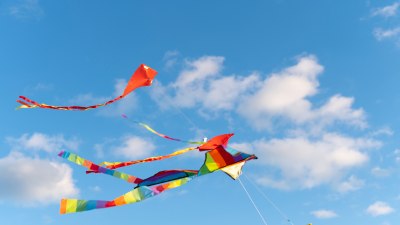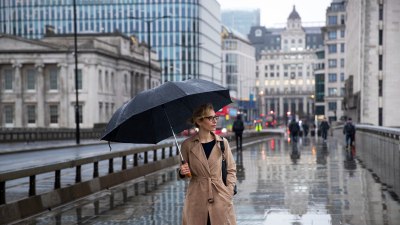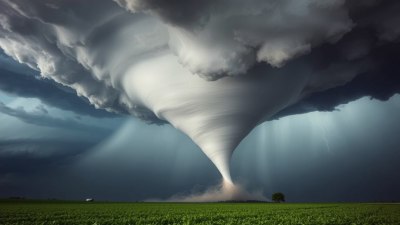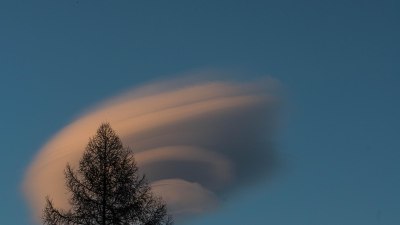Why You Take More Photos in Some Seasons Than Others
Discover the seasonal influences on photography habits, exploring mood, scenery, and cultural factors.
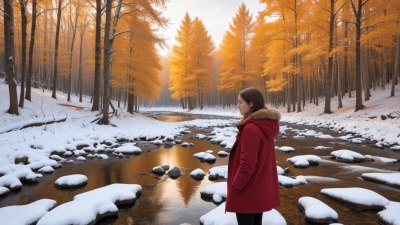
This image was created with the assistance of Freepik
The art of photography is influenced by various factors, and one of the most significant influences is the changing seasons. Many photographers notice they tend to take more photographs during certain times of the year. These seasonal variations can be attributed to a variety of reasons, inclining both emotional and environmental. Understanding why some seasons inspire us to capture more images can enhance our appreciation for photography and help us become more intentional in our photographic pursuits. From elevated moods during spring to the cozy aesthetics of winter, each season offers unique opportunities and challenges for capturing the world around us.
1. Seasonal Affective Disorder and Emotional Well-Being
One primary reason that impacts the frequency of photography throughout the year is related to our emotional states, which can fluctuate based on the seasons. For many, spring and summer are times of renewal, warmth, and increased sunlight, often leading to a boost in mood. This raised emotional state can inspire individuals to pick up their cameras more frequently. In contrast, winter can sometimes present challenges such as Seasonal Affective Disorder (SAD), which may lead to decreased motivation and interest in outdoor activities, including photography. Individuals who feel low energy or depressed might find themselves less inclined to venture out and capture the beauty around them. As light changes and warmer temperatures return, there is often a reciprocal effect on motivation and creativity, encouraging more photography sessions.
2. Natural Beauty and Aesthetics
The visual beauty of each season can significantly influence how much we want to capture through our lenses. Spring, for example, is synonymous with blooming flowers, lush greenery, and clear blue skies. The vibrant colors and new life awakening after a winter slumber can create a compelling urge for photographers to document this beauty. Summer, with its long days and stunning sunsets, becomes an appeal to both amateur and professional photographers alike, showcasing vivid landscapes and moments of joy. Autumn presents its own artistry, with fiery leaves painting the earth in shades of red, orange, and gold, attracting people who wish to immortalize these breathtaking scenes. In winter, while the landscape may seem barren, there are still captivating aspects to photograph, such as snow-covered trees and tranquil, frost-kissed fields, attracting those seeking to capture the serenity of the season.
3. Travel Opportunities and Outdoor Activities
Another important factor in seasonal photography trends is the temporal nature of travel and outdoor activities that differ from season to season. People commonly associate summer with vacations, festivals, and family gatherings, leading to an increase in photography during this season. People tend to capture memories of these joyful occasions and adventures, whether they are at a beach, hiking in the mountains, or exploring new cities. Spring is similarly popular for travel, as many choose to embrace the mild weather and vibrant scenery, resulting in an influx of photographs. Autumn is cherished for its picturesque views and harvesting activities, often leading to opportunities for photography in orchards and pumpkin patches. Even winter, often considered a more static season, has its own travel opportunities, especially for those attracted to skiing, holiday festivities, or winter wonderlands.
4. Cultural and Traditional Influences
Cultural factors and specific traditions also play a significant role in seasonal photography. Many cultures have specific festivals or celebrations tied to certain seasons that inspire individuals to capture the essence of these events. For example, spring often marks the celebration of Easter or Holi, inspiring colorful photographs that conjure feelings of joy and rebirth. Summer brings vibrant associations with the Fourth of July, an opportunity to capture fireworks and gatherings. Autumn is filled with harvest festivals and Halloween, where photographers can capture the spirit of fall in all its forms. In winter, holidays like Christmas and New Year's create ample opportunities for capturing family gatherings, festive lights, and seasonal activities. As these moments are often made richer by their seasonal context, photographers find themselves drawn to seize these fleeting seasonal memories.
5. Lighting Conditions and Environmental Factors
Lighting is one of the most crucial aspects of photography, and its conditions vary greatly throughout the seasons. In spring and summer, the sunlight tends to be more abundant, providing photographers with longer days and golden hours that enhance images. The soft, diffused light of overcast days in early spring can also create an enchanting quality, perfect for shooting flowers or newly blossoming landscapes. Autumn presents unique lighting challenges due to the angle of the sun, often resulting in softer, warmer light that photographers savor. In winter, the low sun creates striking colors and contrasts, especially when capturing snow and ice. Thus, photographers are often more excited to get out during pleasant light conditions during certain seasons.
6. Personal Growth and Hobbies
The cyclical nature of seasons also reflects our own personal growth and evolution as photographers. Many individuals rediscover their passion for photography during specific seasons. For instance, someone who started with photography during summer vacations may develop a seasonal attachment to shooting during the same period every year. This consistent cycle can foster skills and creativity in ways that can be fulfilling. Participating in seasonal photography challenges or joining local photography clubs during particular seasons has also inspired many individuals, creating a shared community of both avid and novice photographers. This sense of belonging can fuel motivation, leading to captivating seasonal images that reflect their journey and growth as photographers.
7. Equipment Accessibility and Seasonal Activities
The available equipment and activities associated with specific seasons can also play a role in photography frequency. For instance, outdoor photographers often rely on specific gear that is more accessible in warmer seasons. Lighter clothing and equipment help facilitate travel and candid moments in summer, making photography easier and more enjoyable. In contrast, the winter months might limit equipment feasibility due to heavier layers—rain and snow can damage gear or deter outdoor shooting altogether. Additionally, certain photography styles, like nature or wildlife photography, may be more prevalent in warmer months when animals are more active and flowers are blooming. As the seasons transition, hobbyists must adapt accordingly, often resulting in varied photographic output.
8. Community and Events
Seasonal photography is further influenced by community events and activities that occur throughout the year. There are festivals, fairs, and markets that reflect the changing seasons, each presenting unique opportunities for capturing vibrant scenes. Participating in these events energizes photographers, exposing them to new subjects and cultures. In spring and summer, outdoor events often attract many visitors and participants, while autumn is full of harvest and cultural celebrations. Winter festivities, such as holiday markets and celebrations, can inspire photographers to encapsulate the spirit of community. Engaging with the local community in seasonal events creates a collaborative aspect of photography, demonstrating how seasons can unite both experienced and novice photographers in a shared experience.
9. Themes and Projects
Seasons lend well to thematic photography projects, allowing individuals to explore the diversity of experiences and sights throughout the year. Photographers often take on challenges that encourage them to document seasonal changes—be it a 365-day project capturing a photo daily or seasonal collections that highlight the transition of landscapes or personal experiences. This thematic approach nurtures creativity and can greatly impact how often one takes photographs. By continually exploring new narratives and perspectives based on seasons, photographers can create a compelling visual story that captures the essence of their environment.
10. Technology and Social Media Influence
In today’s digital age, technology and social media significantly influence when and how often we take photos, particularly concerning seasonal trends. The rise of platforms like Instagram and Pinterest encourages users to capture and share seasonal content, leading to increased photo-taking during spring blooms or summer vacations. Influencers often set trends around seasonal themes, reinforcing popular activities to document. Seasonal hashtags and challenges prompt photographers to engage actively, creating a sense of urgency to produce more content during certain times of the year. This technological influence can shape not only when people take photographs but also how they perceive the world around them.
Ultimately, the desire to take more photographs in certain seasons is multifaceted and influenced by various factors like emotional well-being, aesthetics, cultural traditions, available equipment, and community engagement. Each season presents distinct characteristics that inspire creativity and motivation, encouraging individuals to capture memories and experiences that resonate with them. By recognizing these motivations and tendencies, photographers can cultivate a deeper appreciation for their craft, allowing them to grow and evolve with each changing season, bringing forth images that reflect their unique perspective on life.

